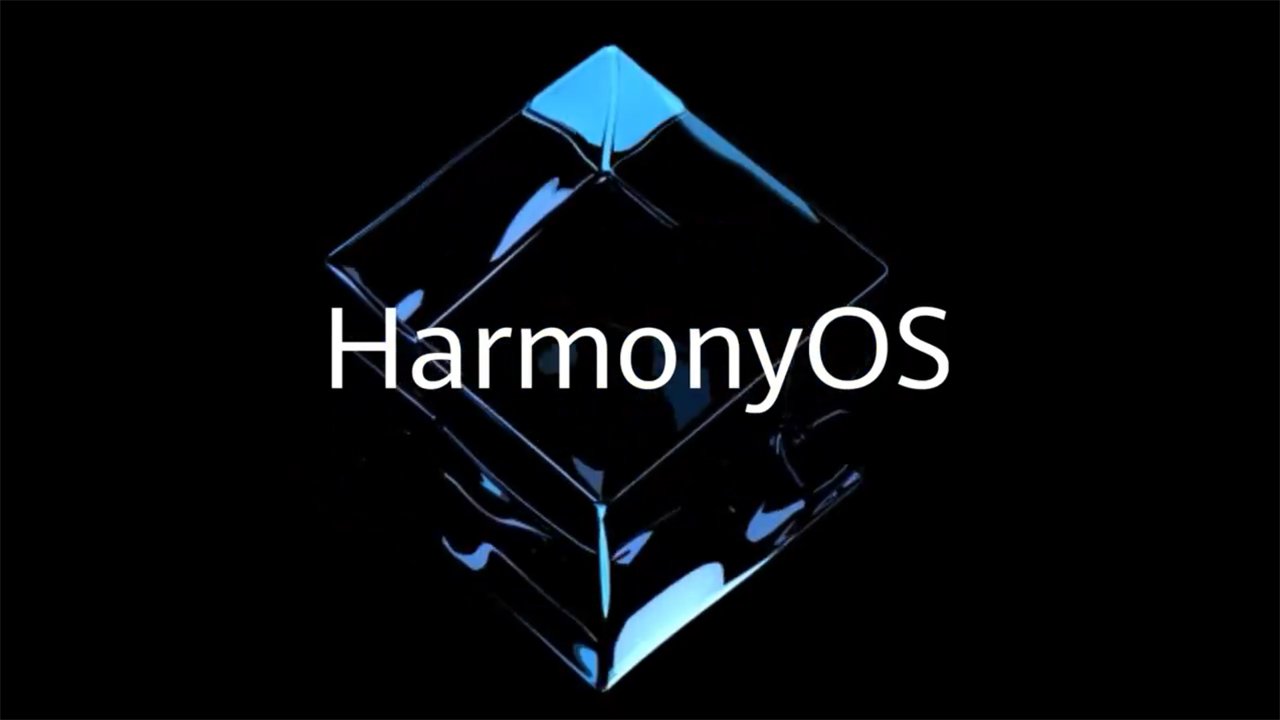Can Huawei pick up the slack with Harmony OS?
That the US government has a lot of beef against Chinese companies is common knowledge; so is the apparent focus on Huawei in this regard. In fact, the Trump administration filed criminal charges against Huawei for stealing technology, and is also calling the firm an espionage threat to the US. The US is also seeking […]

That the US government has a lot of beef against Chinese companies is common knowledge; so is the apparent focus on Huawei in this regard. In fact, the Trump administration filed criminal charges against Huawei for stealing technology, and is also calling the firm an espionage threat to the US. The US is also seeking the extradition of Ms. Meng Wanzhou, the Chief Financial Officer of Huawei, who was arrested in Canada on 1 December 2018 and is still in detention in that country for violation of US sanctions. Furthermore, the US government is nauseated by the Chinese government’s direct infusion of cash into companies in China, as this action thwarts the notion, in the West, of independent corporate existence. (In 2004 Huawei reportedly received credit from the Chinese-government-owned China Development Bank to expand into developing countries.) The US government’s actions have helped to essentially stamp out Huawei’s business operations and sales in the United States. The US is also persuading its allies all over the world to do the same.
Many US companies, including ARM, Broadcom, Intel, and Qualcomm sell microchips and specialized parts that go into Huawei’s smartphones and telecom equipment. Google’s Android software powers Huawei’s smartphones. With the restrictions imposed by the Trump administration, Huawei’s future outside of China is quite uncertain.
The interpretation, in China, of the actions taken by the Trump administration against Huawei is different from the expressed intentions of the US government. To the Chinese people, according to Yasheng Huang, a Chinese national teaching in the US, “America is trying to undermine the welfare of the Chinese nation itself.” “To this perception, Chinese consumers have responded by buying Huawei’s phones in huge quantities,” Huang continues. The rally around Huawei has helped increase the company’s sales in China. However other Chinese companies have fared poorly in China. Huang says that the number of phones shipped in China by Huawei for the first six months of this year increased by 31 percent over the same period last year. On the other hand, “The shipments of Oppo, a domestic rival of Huawei’s, declined by 18 percent over the same period; those of Vivo, another Huawei competitor, by 19 percent; and those of Xiaomi, also a competitor, by 20 percent.”
Of existential significance to Huawei is the deprivation associated with the Google-developed Android operating system (OS) that has powered all Huawei phones since Huawei started manufacturing and selling them. To mitigate the effects of denial of access to the Android OS, Huawei is developing an OS of its own called HarmonyOS. (I will refer to this software as Harmony OS in this article.) The company apparently started from the Android Open Source Platform (AOSP) that everyone can get for free, and is developing Harmony as an alternative to Google’s full-fledged Android in a project dubbed Plan B.
Last week Friday, Huawei unveiled Harmony in an event in Dongguan, China. There, Mr. Richard Yu, the head of Huawei’s consumer business, described Harmony’s technical features and capabilities. However, no devices running the new operating system were made available for testing, suggesting that Harmony is indeed work in progress. Mr. Yu also made the following statements: “Huawei’s preference is to continue using Android on its handsets,” though he added that “there was no technical reason Harmony could not also be used to power a phone.” “If we are not able to use the Android operating system, then we can activate Harmony anytime,” he said. Obviously, this sounds like tongue- in-cheek!
A range of devices will be powered by Harmony, if and when it is deployed: smartphones, laptops, and smart home devices. “HarmonyOS will be made available for deployment in smart screen products such as TV, smart watches, and in-vehicle infotainment systems later this year,” according to Yu.
Is Huawei’s Harmony OS, as described by Yu, too good to be true? Probably Yes. As stated in this column in the article of 27 May 2019, it is extremely difficult to compete with Google on OS. Bada – later called Tizen (Samsung), BlackBerry OS (RIM), MeeGo (Nokia, Intel, Linux Foundation), Palm OS (Palm, Inc.), Symbian (Nokia), and Windows Phone (Microsoft) are a few of the mobile OSs that have attempted to compete with Google’s Android but eventually fizzled out of high-end smartphones. Huawei, with even less programming expertise compared to the foregoing named casualties, will certainly feel the uphill battle.
At any rate, the availability of Harmony, which is supposedly open-source, will be limited to China for now, though Huawei reportedly has plans to eventually bring it to international markets.
